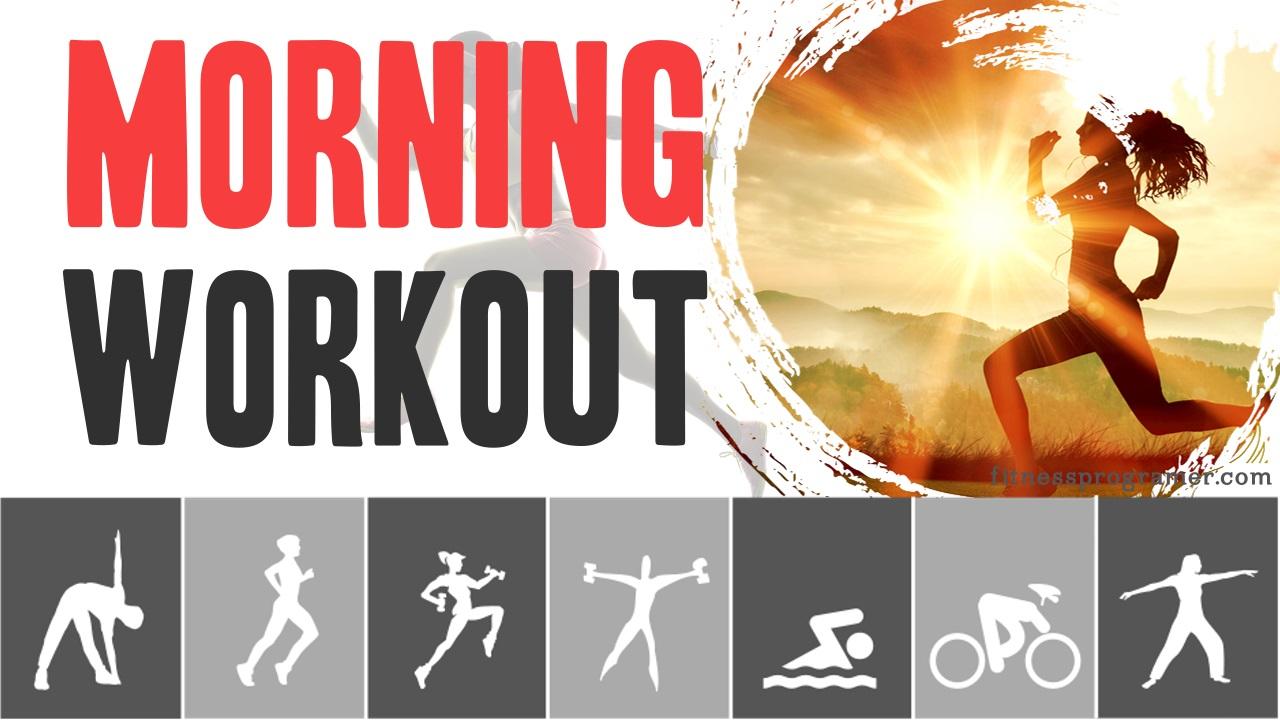Contents
Morning workouts are physical activities performed early in the day, typically after waking up and before starting your daily routine.
Starting your day with exercise can set a positive tone and provide numerous benefits for your physical and mental well-being. If you’re new to morning workouts, this guide will help you start your routine and establish healthy habits. From setting realistic goals to gradually increasing intensity, let’s dive into the exciting journey of morning exercise.
Benefits of Morning Workouts
Morning workouts offer numerous benefits that can positively impact your physical health, mental well-being, and overall lifestyle. Here are some key advantages of incorporating exercise into your morning routine:
1- Increased Energy Levels
2- Improved Mood and Mental Well-being
3- Enhanced Cognitive Function
4- Weight Management and Metabolism Boost
5- Better Sleep Quality
6- Increased Productivity and Focus
7- Stress Relief
8- Boosted Immune System
How to Start a Morning Workout
Step 1: Plan Your Morning Routine

Design a morning routine that accommodates your workout time. Wake up a bit earlier to allow ample time for exercise, stretching, and getting ready. Prepare your workout clothes, equipment, and any necessary accessories the night before to minimize obstacles and ensure a smooth start to your day.
Step 2: Set Realistic Goals

Establishing achievable goals is crucial to staying motivated. Determine what you want to achieve through morning workouts, whether it’s weight loss, improved fitness, increased strength, or simply starting your day on an active note.
Step 3: Choose the Right Workout

Select a workout routine that suits your preferences and fitness level. If you’re a beginner, opt for low-impact exercises such as walking, brisk walking, or cycling. Incorporate bodyweight exercises like squats, lunges, push-ups, and planks for strength training. For cardiovascular exercises, choose activities like running, jumping jacks or HIIT workouts.
Step 4: Warm-up and Stretch

Prioritize a warm-up session to prepare your muscles and joints for exercise. Engage in dynamic stretches like arm circles, leg swings, and trunk rotations. Focus on loosening up your major muscle groups to prevent injuries and improve flexibility.
Step 5: Start with 15-20 Minutes

For beginners, it’s essential to start with shorter workout durations and gradually build up. Begin with 15-20 minutes of exercise and gradually increase the duration as your fitness level improves. Consistency is key, so aim for at least three mornings a week initially.
Step 6: Listen to Your Body

Always listen to your body and adjust the intensity as needed. Gradually increase the difficulty level of your workouts over time, but be mindful of any signs of fatigue, pain, or excessive strain. Rest and recovery are equally important for progress and injury prevention.
Here are some morning workouts you can incorporate into your routine
Warm-up Routine for Morning Workout
Enjoy the freedom of movement and the sense of energy and vitality that comes from starting your day with a morning workout. This type of workout focuses on fluid and dynamic movements that enhance mobility, flexibility, and overall body awareness.
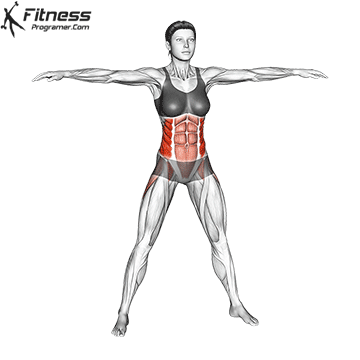
Here’s an example morning movement routine:
- Arm Circles 1×15
- Windmill 1×15
- Neck Rotation 1×15/15
- Standing Rotation 1×15
- High Knee Run 1×20
- Hip Circles 1×20
- Lateral Leg Swings 1×15/15
- Bodyweight Sumo Squat 1×20
Brisk Walking or Jogging
Take a brisk walk or go for a jog around your neighborhood or in a nearby park. It’s a low-impact activity that gets your heart rate up, boosts your energy, and allows you to enjoy some fresh air.

Example morning walk routine:
- Walking: 5 min
- Brisk walking: 2 min
- Jogging: 1 min
- Walking: 3 min
- Brisk walking: 2 min
- Jogging: 1 min
- Walking: 3 min
- Brisk walking: 2 min
- Jogging: 1 min
- Walking: 5 min
Running or Interval Training:
If you’re looking for a more intense workout, consider running or incorporating interval training into your morning routine. Interval training involves alternating between periods of high-intensity exercise and active recovery.
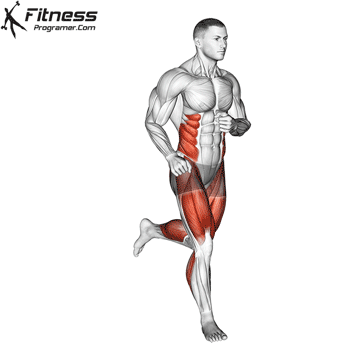
Example morning run routine
| Warm-up | 5 min | Before heading out for your run, spend a few minutes warming up your muscles |
| Tempo | 3 min | Begin your run with a brisk walk for a few minutes. |
| Run | 15min | Start running at a comfortable pace that allows you to maintain a conversation |
| Tempo | 3 min | After completing your run, gradually reduce your pace to a walk. |
| Cooldown | 5 min | Allow your heart rate to come down, and then perform static stretches to stretch major muscle groups. Focus on your calves, quadriceps, hamstrings, and hips. |
Bicycle
Hop on a bicycle and go for a morning ride. Cycling is a great cardiovascular exercise that helps strengthen your leg muscles, improves stamina, and burns calories.

Example morning cycling routine
| Choose Your Route: Decide on the route and distance you want to cover for the day. |
| Warm-Up: Before you start pedaling, warm up your muscles with some dynamic stretches and mobility exercises. Focus on the lower body, including your calves, quads, hamstrings, and hips. |
| Start Cycling: Begin your ride at a comfortable pace. Gradually increase your speed and intensity as your muscles warm up. |
| Interval Training (Optional): If you want to add some variety and intensity to your ride, consider incorporating interval training. Alternate between periods of higher intensity (faster pedaling or increased resistance) and recovery periods of lower intensity to challenge yourself and improve cardiovascular fitness. |
| Cool Down and Stretch: Towards the end of your ride, gradually reduce your pace and allow your body to cool down. Once you’ve completed your ride, spend a few minutes performing static stretches for your major muscle groups, focusing on your lower body and core. |
Yoga or Stretching
Engaging in a morning yoga session or a stretching routine can help awaken your body, improve flexibility, and promote a sense of calmness and mental focus.
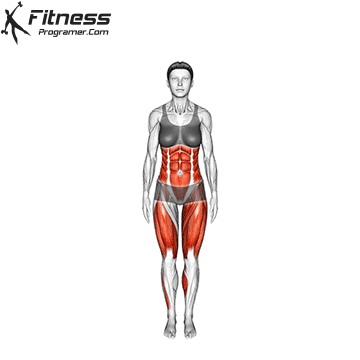
Example morning stretching routine
- Wall supported arm raises : 2×15
- Neck Flexion and extension: 2×15
- Standing toe touches : 2×15
- Kneeling back rotation : 2×15
- Thigh Fly : 2×15
- Cat Cow : 2×15
- 90/90 Hip Stretch : 2×15
- Single Knee to Chest : 2×15
- Seated toe touches : 2×15
Bodyweight Exercises
Perform a series of bodyweight exercises such as squats, lunges, push-ups, planks, and burpees. These exercises work multiple muscle groups, promote strength and endurance, and require minimal equipment.
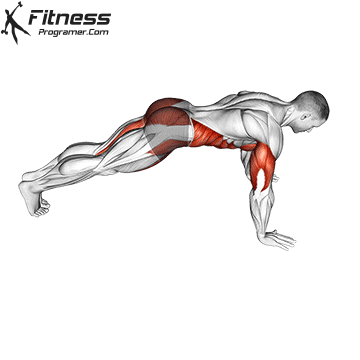
Example morning bodyweight workout
- Jumping Jack 3×15
- Curtsy Squat 3×15
- Push-up 3×15
- Sumo Squat 3×20
- Pike push-up 3×15
- Glute bridge 3×20
- Chair dips 3×15
- Standing Calf Raise 3×20
- Bicycle Crunch 3×20
High-Intensity Interval Training (HIIT)
HIIT workouts involve short bursts of intense exercise followed by brief rest periods. They are time-efficient and can provide a full-body workout in a short amount of time.
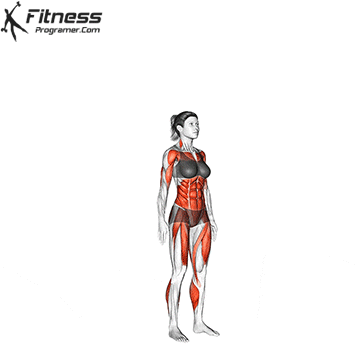
HIIT – Example morning workout
- 20 Sec High knee skips
- 10 Sec Rest
- 20 Sec Mountain Climber
- 10 Sec Res
- 20 Sec Hindu Push-ups
- 10 Sec Rest
- 20 Sec Jump Squat
- 10 Sec Rest
- 20 Sec Skater
- 3 rounds in total. 60 seconds rest at the end of each round
Swimming
If you have access to a pool, swimming in the morning is an excellent way to engage your entire body while being gentle on your joints. It helps improve cardiovascular fitness, muscular strength, and overall endurance.

Swimming – Example morning workout
| Warm-Up: Start with an easy-paced freestyle swim for 3-5 minutes to warm up your muscles and get accustomed to the water. |
| 8 x 100 meters (or yards) Freestyle: Swim eight repetitions of 100 meters (or yards) each, with a 15-20 second rest interval between each repetition. |
| 4 x 25 meters (or yards) Sprints: Finish the main set with four short sprints of 25 meters (or yards) each, giving your maximum effort. |
| Cool-Down: Swim an easy-paced freestyle or your preferred stroke for 5-10 minutes to cool down. Afterward, take a few minutes to stretch major muscle groups, such as your arms, shoulders, back, and legs. |
Dance or Aerobic Workouts
Turn up the music and engage in a dance or aerobic workout at home. These fun and energetic exercises not only get your heart pumping but also improve coordination and uplift your mood.
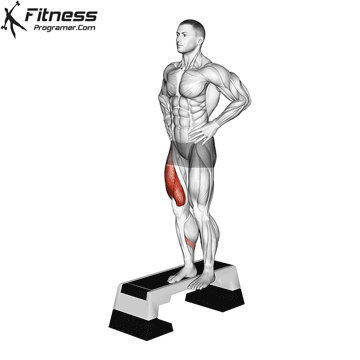
Morning Workouts
Morning Calisthenics
Calisthenics exercises, such as jumping jacks, mountain climbers, and burpees, are bodyweight exercises that require minimal space and no equipment. They help improve strength, agility, and cardiovascular fitness.
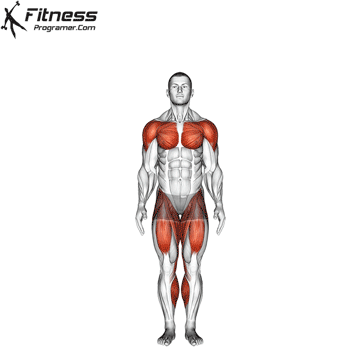
Morning Routine
- Mountain Climber 1×30 seconds
- Jack Burpees 1×20
- Push-up toe touch 1×15
- T-cross sit-up 1×15
- Atg Split Squat 1×15
- 5 rounds in total. 60 seconds rest at the end of each round
Morning Dumbbell Workout
Morning dumbbell workouts can include a combination of exercises that target the arms, shoulders, chest, back, legs, and core. The exercises can be performed in a circuit format, where you move from one exercise to the next with minimal rest in between. This type of workout helps to increase heart rate, burn calories, build muscle, and improve overall body composition.
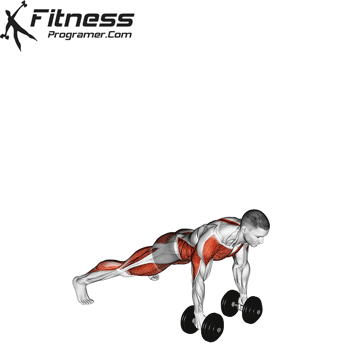
Dumbbell Morning Routine
- Warm-up: 5min
- Dumbbell lateral to front raise: 1×20
- Devil press: 1×20
- Plie Dumbbell Squat: 1×20
- Push-up to db renegade row: 1×20
- Dumbbell iron cross: 1×20
- Dumbbell V-up: 1×20
- 3 rounds in total. 60 seconds rest at the end of each round
The Bottom Line
Remember to warm up before any exercise and cool down afterward. Start with exercises that suit your fitness level and gradually increase the intensity and duration over time. Find activities that you enjoy, as this will increase your motivation and likelihood of sticking to a morning exercise routine. Stay committed, and soon enough, morning workouts will become a fulfilling part of your lifestyle.

